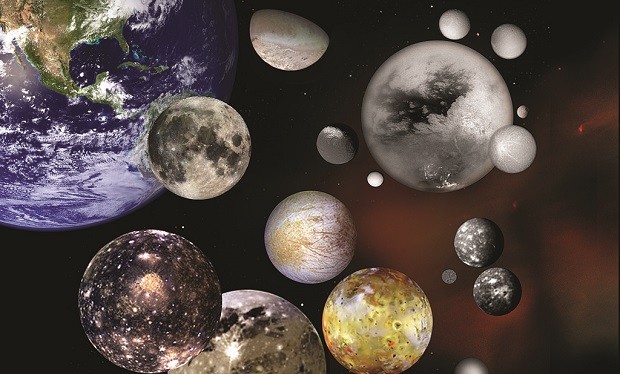Go outside and look at the moon tonight at around twilight. Not only will it be a bright full moon, but there will also be a ‘star’ lurking to its upper left. The ‘star’ is in fact Jupiter. It will be as close as two degrees to the moon. “For reference, the apparent width of the full moon is one-half a degree on the sky,” writes Space.com. The largest planet will shine as a silvery ‘star’ beside the moon at around 7:15 p.m local time. Of course, one of our neighbor planets appearing in the night sky disguised as a star might not seem that interesting. After all, the Morning Star is in fact Venus (it also does double duty as the Evening Star). However, with Jupiter as close to the moon as it is now, if you have a good pair of binoculars, you will be able to see several of its satellites orbiting the planet: Callisto, Ganymede, Europa and Io. “If you watch between 8 and 9pm EST, you can see Ganymede pass close to Io; a fascinating sight to observe as the two moons ever-so-slowly shift their positions relative to each other over just an hour’s time.”
When Jupiter is close to the moon on Tuesday evening, for example, viewers will see three satellites (Callisto, Ganymede and Io) on one side of Jupiter, while the fourth (Europa) remains all by itself on Jupiter’s opposite side. If you watch between 8 and 9 p.m. EST, you can see Ganymede pass close to Io; a fascinating sight to observe as the two moons ever-so-slowly shift their positions relative to each other over just an hour’s time. See more here. If the sky is cloudy, you’ll get another chance to see Jupiter hovering near the moon on March 21.
